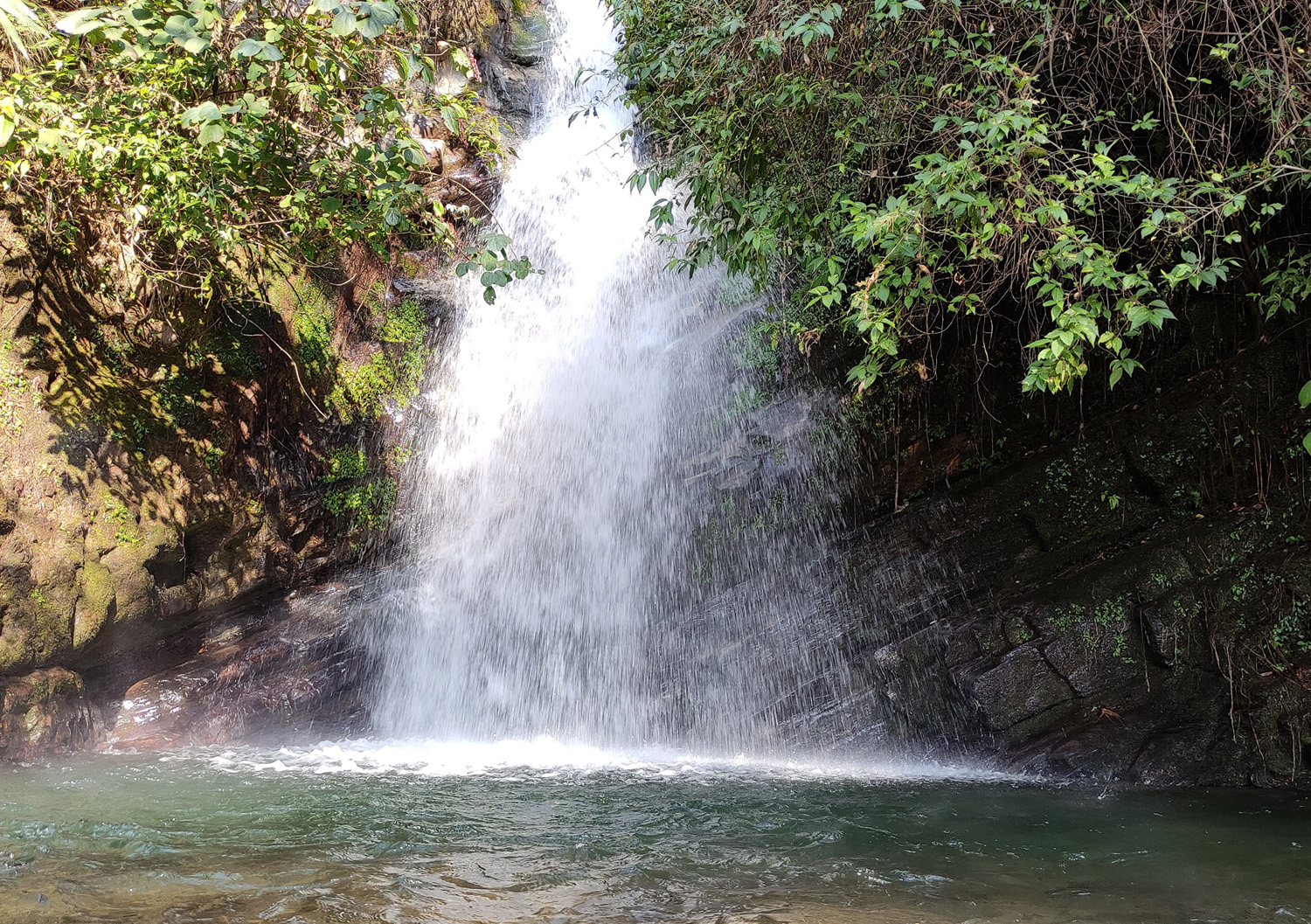Physiography of Nepal is unique due to the extreme contrast in topography ranging from 64 to 8848 masl within a very short span of 150 km from Terai Plain in the south to higher Himalayan mountains to the north. Groundwater is available in most parts of the country, but the amount and depth vary from place to place. In the Terai, the upper unconfined aquifer (50–60 m) has been considered as good productive shallow zones, and most of the groundwater production is limited to the upper 250 m. Recharge in the Terai is estimated to be 8800 MCM/year. At present, only about 22% of the available dynamic groundwater recharge in Terai is being utilized. The quality of groundwater is generally suitable for irrigation as well as drinking purpose. The groundwater in Kathmandu Valley is overexploited. The natural recharge of groundwater in the valley is estimated at about 5.5 MCM/year. The draft exceeds this recharge due to which water level in the valley in some places is going down by 2 m/year. Groundwater from both deep and shallow aquifers is suitable for irrigation without any treatment, but for drinking and industrial uses, treatment is necessary.
Several factors are putting pressure on Nepal’s groundwater resources. In the Terai region, septic leaches from pit latrines and feed lots combined with high water tables contribute to high levels of nitrate, ammonia, and numerous indicative organisms like E. coli and coliforms. Another major hazard is the presence of toxic metals. Several articles have revealed the presence of arsenic in the groundwater of Nepal. Nawalparari, Banke, Bardiya, Kailali, Kanchanpurare some of the districts with high concentrations of arsenic in groundwater. Along with arsenic, high concentrations of iron in shallow groundwater is causing a problem like discoloration of clothes. Excessive extraction of groundwater in a densely populated area, such as in the Kathmandu Valley, also exacerbates problems.
